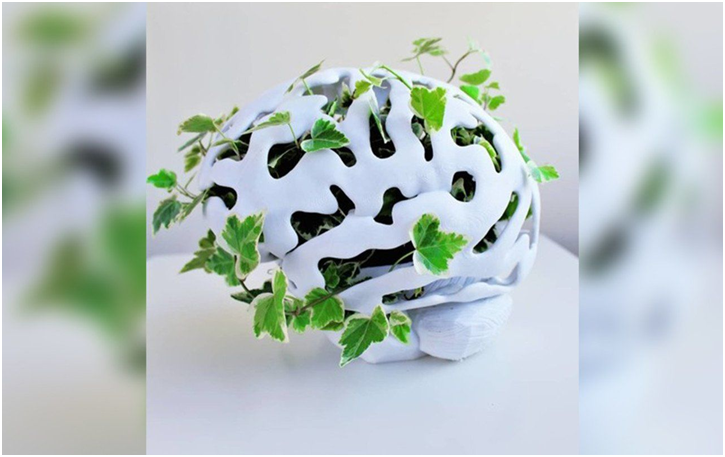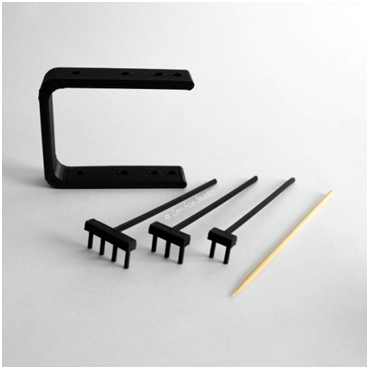
Charles R. Goulding and Preeti Sulibhavi delve into the charming world of gardening – with a 3D printing twist.
The global novel coronavirus pandemic and the resulting quarantining have led many to take to various pastimes and hobbies. These include gardening. And, as the weather has gotten warmer, outdoor activities have become increasingly popular. Gardening has always been a wonderful hobby. But with the stress and tension that came with COVID-19, gardening has also been a source of relaxation and stress-relief to many.
Whether you want to start a garden or already have a green thumb, you need the right tools and accessories to be successful. Gardening tools can be grouped into three general categories: watering and planting, decoration, and indoor solutions. In helping to organize and improve your garden, 3D printed garden tools can be cost-effective alternatives to store-bought options. Whether it is a hose-splitter, sprinkler head, watering can, or even plant labels to help identify your crops, 3D printed products are lightweight yet durable and are often the result of complex designs.
3D printed gardening tool products and processes can be eligible for economic tax benefits such as the Research and Development Tax Credit.

The Research and Development Tax Credit
Whether it’s used for creating and testing prototypes or for final production, 3D printing is a great indicator that R&D credit eligible activities are taking place. Companies implementing this technology at any point should consider taking advantage of R&D Tax Credits.
Enacted in 1981, the now permanent Federal Research and Development (R&D) Tax Credit allows a credit that typically ranges from 4%-7% of eligible spending for new and improved products and processes. Qualified research must meet the following four criteria:
- Must be technological in nature
- Must be a component of the taxpayer’s business
- Must represent R&D in the experimental sense and generally includes all such costs related to the development or improvement of a product or process
- Must eliminate uncertainty through a process of experimentation that considers one or more alternatives
Eligible costs include US employee wages, cost of supplies consumed in the R&D process, cost of pre-production testing, US contract research expenses, and certain costs associated with developing a patent.
On December 18, 2015, President Obama signed the PATH Act, making the R&D Tax Credit permanent. Beginning in 2016, the R&D credit has been used to offset Alternative Minimum Tax (AMT) for companies with revenue below $50MM and, startup businesses can obtain up to $250,000 per year in payroll tax cash rebates.
“Peas and Quiet”
Gardening and relaxation are two terms often used in combination with each other. Anyone who has gardened can tell you it is a stress-relieving, peaceful hobby that results in an edible product often used in home-cooked meals — garden-to-table, just like farm-to-table. Or, garden flowers can be placed in 3D printed vases that can then be used to decorate another summertime project – a 3D printed she-shed.
3D printing gardening accessories and tools can be an R&D eligible activity and the R&D tax credit can be utilized to grow further innovation in the gardening industry.
